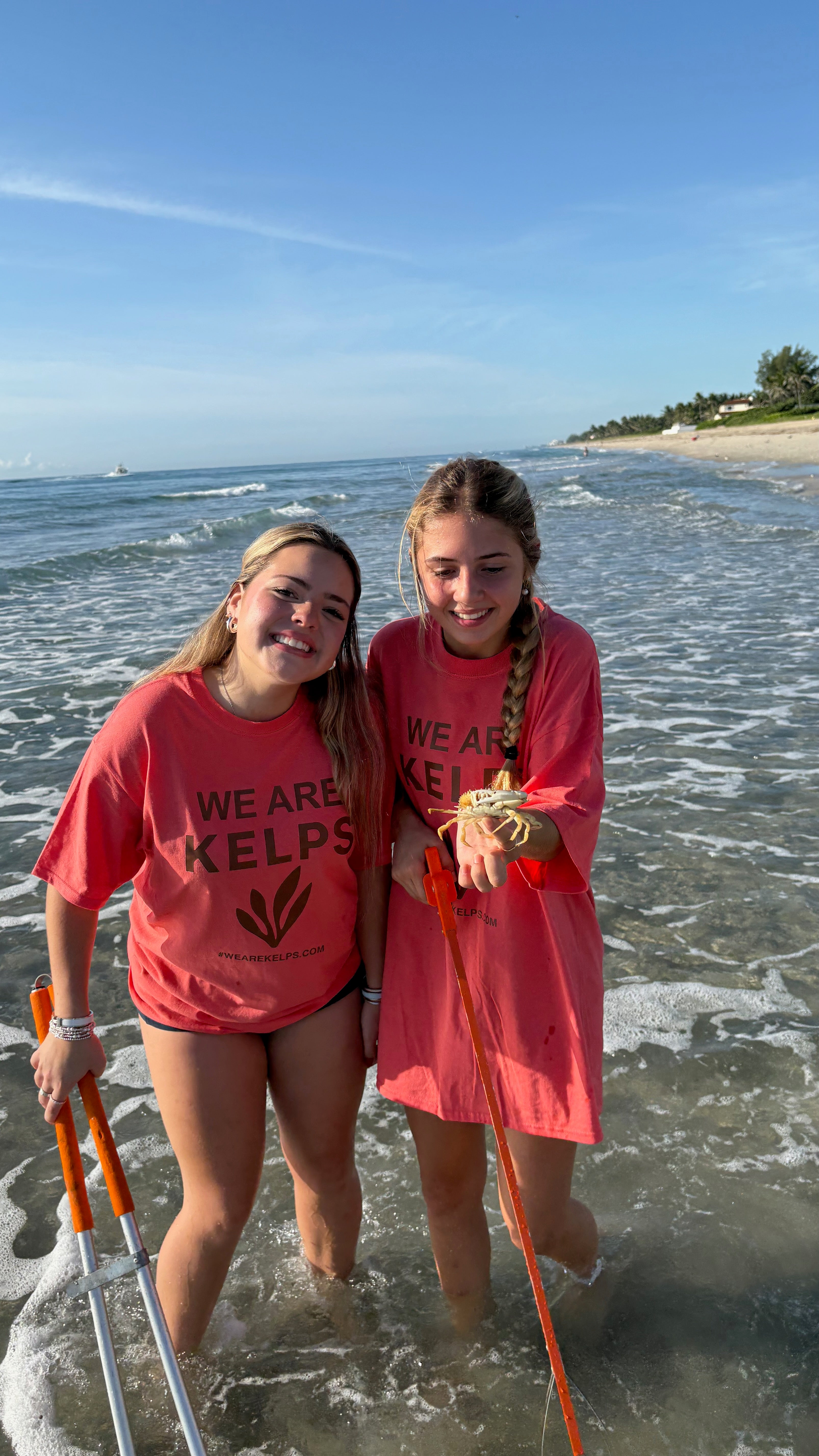Picture this: once-pristine beaches across the Caribbean, from Puerto Rico to Guyana, are now choked by heaps of brown, prickly seaweed—Sargassum—more voluminous than ever recorded.
In May 2025, scientists confirmed a staggering 38 million tonnes of Sargassum floating across the Atlantic basin—the highest since monitoring began in 2011. The previous record (22 million tonnes) dates to mid-2022
 Why the Surge?
Why the Surge?
The exact causes remain mysterious, but researchers point to a mix of environmental shifts:
-
Nutrient-rich runoff from rivers like the Amazon and Congo—acting like fertilizer for algae.
-
Ocean warming, altered currents, and changing wind patterns.
-
These conditions feed and propel the so-called Great Atlantic Sargassum Belt, a sprawling algae band stretching from West Africa through the Caribbean into the Gulf of Mexico
Impact: From Nuisance to Crisis
-
Tourism Takes a Hit
Beaches turned unusable, frustration among travelers, and economic losses mounting for local hospitality sectors -
Environmental and Health Concerns
Sargassum’s decomposition emits hydrogen sulfide—a foul-smelling, toxic gas causing respiratory issues, eye irritation, and nausea. In 2018 alone, 11,000 toxicity cases were reported across Guadeloupe and Martinique -
Wildlife in Danger
Thick mats trap sea turtles, dolphins, and birds—sometimes fatally. Coral reefs and seagrasses suffer from reduced sunlight and oxygen depletion Local Populations Struggle
Coastal residents face unbearable smells, beach closures, and infrastructure damage. Clean-up efforts are costly, labor-intensive, and sometimes dangerous
Turning Crisis into Opportunity
Amid the chaos, innovation blooms:
-
High-Value Bioproducts & Fashion
Beyond energy, entrepreneurs are reinventing Sargassum into new materials. Kelps, a family-owned brand from Florida, is turning the seaweed invasion into eco-friendly flip-flops. Their model: collect sargassum and ocean plastic → clean, dry, and process → mold into durable sandals. Every pair sold supports beach cleanups and sea turtle protection. It’s a vivid example of how the Caribbean crisis can spark creativity in sustainable fashion. -
Conclusion
The Sargassum invasion isn’t just an environmental headache—it’s a wake-up call. From suffocating beaches to stinky skies, this annual tide of seaweed demands innovation, resilience, and shared responsibility.
Turning the tide means treating Sargassum not just as waste, but as a resource—fuel, fiber, fertilizer, even fashion—while tackling the climate and nutrient forces that drive it.



Leave a comment
This site is protected by hCaptcha and the hCaptcha Privacy Policy and Terms of Service apply.